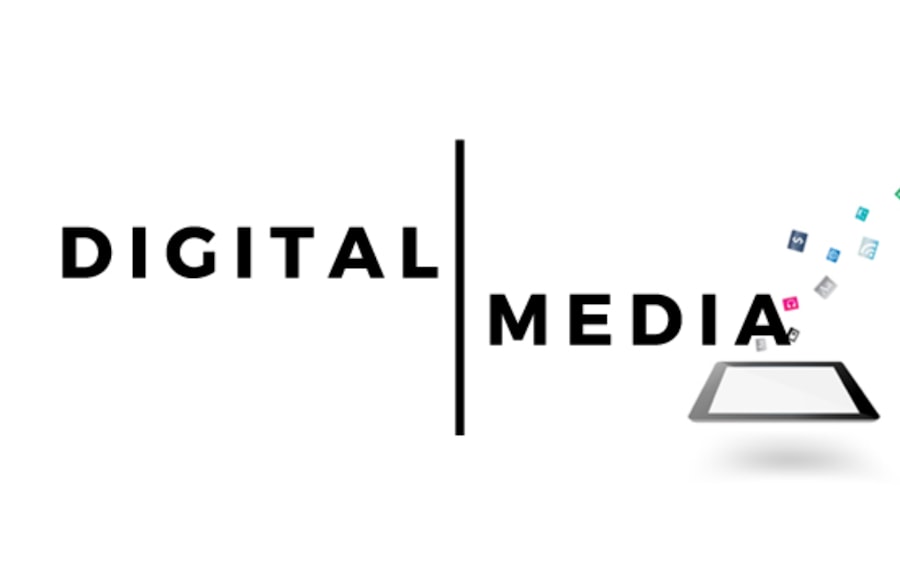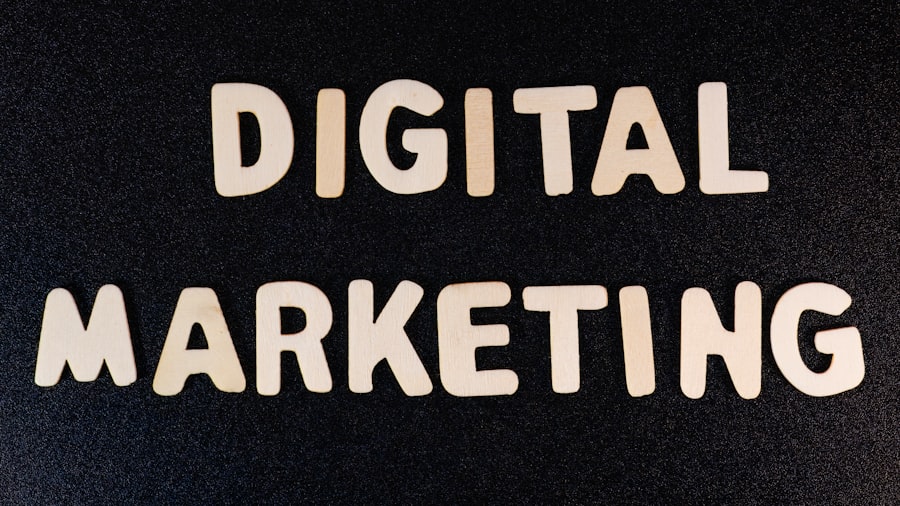The healthcare landscape is a complex and multifaceted environment that encompasses a wide range of services, stakeholders, and regulatory frameworks. At its core, healthcare is not just about treating illness; it involves a comprehensive approach to maintaining and improving the health of individuals and communities. This sector includes hospitals, clinics, private practices, pharmaceutical companies, insurance providers, and various allied health professionals.
Each of these entities plays a crucial role in delivering care, yet they often operate within their own silos, leading to challenges in communication and collaboration. Moreover, the healthcare landscape is continually evolving due to technological advancements, changing patient expectations, and regulatory shifts. For instance, the rise of telemedicine has transformed how patients access care, allowing for remote consultations and follow-ups that were once unimaginable.
Additionally, the increasing emphasis on patient-centered care has shifted the focus from merely treating conditions to understanding the holistic needs of patients. This evolution necessitates that healthcare organizations not only adapt their service delivery models but also rethink their marketing strategies to effectively reach and engage their target audiences.
Key Takeaways
- Grasping the unique challenges and opportunities within the healthcare sector is essential for effective marketing.
- Data analytics enables precise targeting and personalization in healthcare marketing campaigns.
- Social media platforms are vital tools for engaging patients and building trust.
- SEO and compelling content increase online visibility and attract healthcare consumers.
- Measuring ROI through analytics ensures continuous improvement and effectiveness of digital marketing efforts.
Leveraging Data and Analytics for Targeted Marketing
In an era where data is often referred to as the new oil, healthcare organizations must harness the power of data analytics to refine their marketing strategies. By collecting and analyzing patient data, healthcare providers can gain valuable insights into patient behaviors, preferences, and demographics. This information enables organizations to segment their audiences more effectively and tailor their marketing messages to resonate with specific groups.
For example, a hospital might analyze data to identify a growing population of elderly patients in its service area and subsequently develop targeted outreach programs that address their unique health concerns. Furthermore, predictive analytics can play a pivotal role in anticipating patient needs and behaviors. By utilizing historical data, healthcare marketers can forecast trends and identify potential health issues before they arise.
For instance, if data indicates an uptick in diabetes diagnoses within a community, a healthcare provider could proactively launch educational campaigns about prevention and management strategies. This not only positions the organization as a thought leader but also fosters trust and loyalty among patients who feel understood and supported.
Utilizing Social Media for Patient Engagement

Social media has emerged as a powerful tool for healthcare organizations seeking to engage with patients and foster community relationships. Platforms such as Facebook, Twitter, Instagram, and LinkedIn offer unique opportunities for providers to share valuable health information, promote services, and interact with patients in real-time. For instance, a local clinic might use Instagram to showcase patient success stories or share behind-the-scenes glimpses of its staff at work, humanizing the organization and building rapport with its audience.
Moreover, social media serves as an effective channel for addressing patient inquiries and concerns. By actively monitoring comments and messages, healthcare organizations can respond promptly to questions about services or health-related topics. This level of engagement not only enhances patient satisfaction but also demonstrates a commitment to transparency and accessibility.
Additionally, social media can be leveraged for community outreach initiatives, such as promoting health fairs or vaccination drives, thereby reinforcing the organization’s role as a vital community resource.
Implementing SEO Strategies for Increased Online Visibility
| SEO Strategy | Key Metrics | Measurement Tools | Expected Impact | Timeframe |
|---|---|---|---|---|
| Keyword Research & Optimization | Organic traffic, Keyword rankings, CTR | Google Analytics, SEMrush, Ahrefs | Improved search rankings and targeted traffic | 1-3 months |
| On-Page SEO (Meta tags, Content) | Page load speed, Bounce rate, Dwell time | Google PageSpeed Insights, Google Analytics | Better user experience and higher engagement | 1-2 months |
| Technical SEO (Site structure, Mobile optimization) | Crawl errors, Mobile usability score, Indexation rate | Google Search Console, Screaming Frog | Improved crawlability and mobile rankings | 2-4 months |
| Content Marketing & Link Building | Backlink quantity & quality, Referral traffic, Domain authority | Ahrefs, Moz, Google Analytics | Increased domain authority and referral traffic | 3-6 months |
| Local SEO | Local search rankings, Google My Business views, Reviews | Google My Business, BrightLocal | Higher visibility in local search results | 1-3 months |
| Monitoring & Analytics | Traffic growth, Conversion rate, Bounce rate | Google Analytics, Google Search Console | Data-driven optimization and strategy refinement | Ongoing |
In today’s digital age, having a robust online presence is essential for healthcare organizations looking to attract new patients. Search engine optimization (SEO) is a critical component of this strategy, as it helps improve a website’s visibility on search engines like Google. By optimizing website content with relevant keywords related to healthcare services, organizations can increase their chances of appearing in search results when potential patients seek medical information or services.
Effective SEO strategies involve not only keyword optimization but also ensuring that the website is user-friendly and mobile-responsive. For example, a healthcare provider might create informative blog posts addressing common health concerns while incorporating keywords that potential patients are likely to search for. Additionally, optimizing local SEO by claiming business listings on platforms like Google My Business can enhance visibility among local patients searching for nearby healthcare services.
This multifaceted approach ensures that when individuals search for medical assistance online, they are more likely to discover the organization’s offerings.
Creating Compelling Content for Healthcare Consumers
Content marketing is an invaluable tool for healthcare organizations aiming to educate and engage their audiences. By producing high-quality content that addresses patients’ questions and concerns, providers can establish themselves as trusted sources of information. This could take the form of blog posts, videos, infographics, or podcasts that cover a wide range of topics—from preventive care tips to explanations of complex medical procedures.
For instance, a hospital might create a series of videos featuring physicians discussing common health issues such as heart disease or diabetes management. These videos not only provide valuable information but also allow potential patients to connect with providers on a personal level. Additionally, incorporating patient testimonials into content can further enhance credibility and encourage prospective patients to seek care from the organization.
By focusing on creating compelling content that resonates with consumers’ needs and interests, healthcare organizations can foster deeper connections with their audiences.
Harnessing the Power of Email Marketing in Healthcare

Email marketing remains one of the most effective channels for reaching patients and keeping them informed about important health updates and services. By building an email list through website sign-ups or during patient visits, healthcare organizations can create targeted campaigns that deliver relevant information directly to patients’ inboxes. This could include newsletters featuring health tips, reminders for upcoming appointments, or announcements about new services or specialists joining the practice.
Moreover, personalized email campaigns can significantly enhance patient engagement. For example, sending tailored health reminders based on individual patient histories—such as follow-up appointments or screenings—demonstrates a commitment to personalized care. Additionally, automated email sequences can nurture relationships with patients over time by providing ongoing education about managing chronic conditions or promoting preventive care measures.
By leveraging email marketing effectively, healthcare organizations can maintain ongoing communication with patients while reinforcing their commitment to their health and well-being.
Incorporating Mobile Marketing for Accessibility
As mobile device usage continues to rise, healthcare organizations must prioritize mobile marketing strategies to ensure accessibility for all patients. Mobile marketing encompasses various tactics designed to reach users on their smartphones or tablets, including mobile-friendly websites, SMS marketing campaigns, and app development. A mobile-optimized website is crucial; it should load quickly and provide easy navigation so that users can find information effortlessly.
SMS marketing is another powerful tool in the mobile marketing arsenal. Healthcare providers can send appointment reminders via text messages or share important health alerts with patients in real-time. For instance, during flu season, a clinic might send out text messages encouraging patients to get vaccinated while providing details about available clinics or events.
Additionally, developing a mobile app can enhance patient engagement by offering features such as appointment scheduling, access to medical records, or telehealth consultations—all at the fingertips of users.
Measuring and Analyzing Digital Marketing ROI in Healthcare
To ensure that digital marketing efforts are effective and aligned with organizational goals, measuring return on investment (ROI) is essential. Healthcare organizations must establish clear metrics to evaluate the success of their marketing campaigns across various channels. Key performance indicators (KPIs) may include website traffic analytics, conversion rates from online appointments or inquiries, social media engagement metrics, and email open rates.
By analyzing these metrics regularly, healthcare marketers can identify which strategies are yielding positive results and which may require adjustments. For example, if data reveals that social media campaigns are driving significant traffic to the website but conversion rates remain low, it may indicate a need for improved landing page design or clearer calls-to-action. Additionally, utilizing tools like Google Analytics can provide deeper insights into user behavior on websites—allowing organizations to refine their digital marketing strategies based on real-time data.
In conclusion, navigating the intricate healthcare landscape requires a multifaceted approach to digital marketing that leverages data analytics, social media engagement, SEO strategies, compelling content creation, email marketing initiatives, mobile accessibility efforts, and thorough ROI measurement. By embracing these strategies holistically, healthcare organizations can effectively connect with patients while enhancing their overall service delivery in an increasingly competitive environment.



